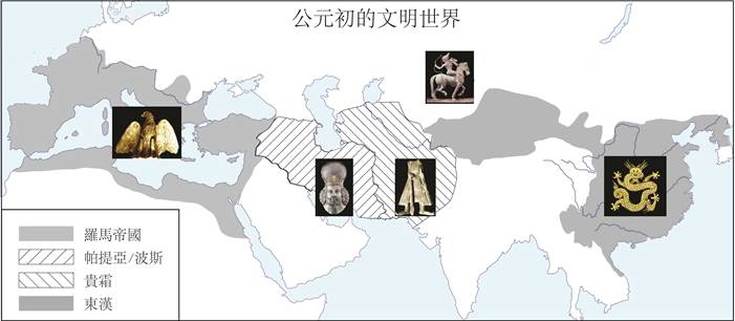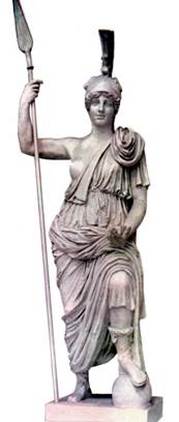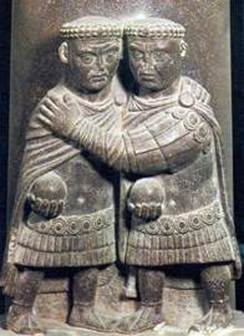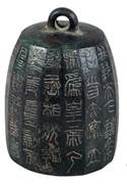The age of empires
The beginning of the Common Era was an age of empires. Four great empires – the Roman, Parthian/Persian, Kushan, and Han – spanned mid-latitude Eurasia and northern Africa. To their north, the nomadic empire of the Xiongnu was disintegrating under Han pressure, but that of the Huns had not yet arrived.
|
The age of empires
|
Ancient peoples at either end of Eurasia had notions of “the world,” the Chinese tianxia, Roman orbis terrarum, and Greek oikumenē. The Chinese and Roman Empires each imagined itself covering the whole world. The Romans claimed imperium orbis terrae, domination over the earth, which they expressed by placing the globe under the foot or on the palm of the statues of Goddess Roma or emperors. The Chinese claimed yitong tianxia 一統天下, unity under heaven. As soon as Qin united China, it standardized laws, local government institutions, coinage, weight, measure, even the gauge of carriages, so that vehicles ran in the same ruts all across the empire.
|
Left: The Goddess Roma. (Museum of Roman Civilization, Rome.) Below: porphyry relief of co-emperors Diocletian and Maximian embracing. (The Vatican, Rome).
|
Bronze measure (Shaanxi Provincial History Museum) and weight, (Museum of the Terracotta Warriors of Qin Shihuangdi) inscribed with imperial edicts for the standardization of all measures and weights in united China.
|
| The Mediterranean | BCE | 中國 China |
|---|---|---|




